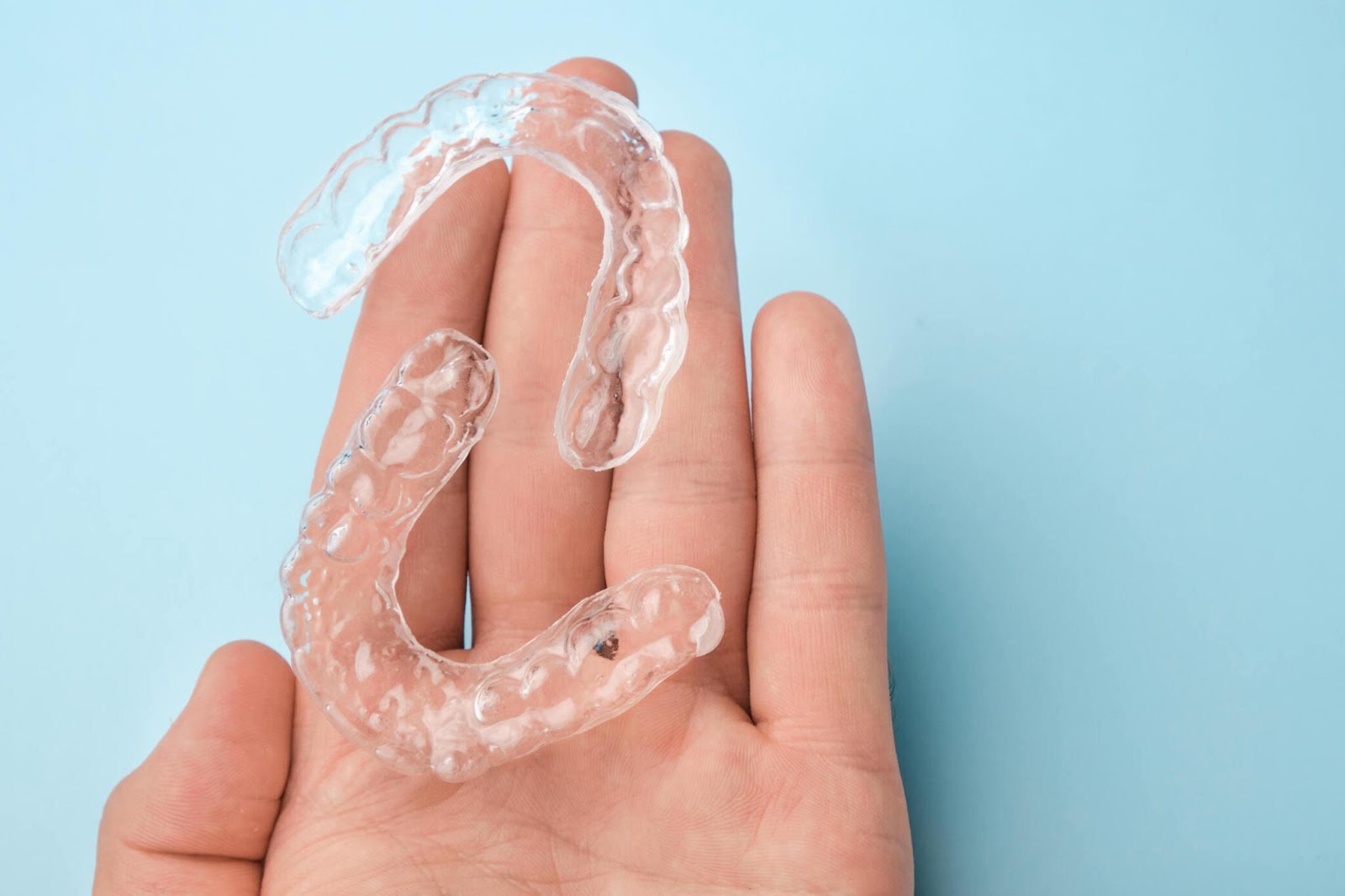The journey to achieve a straight smile often involves the decision between Invisalign and traditional braces.
Understanding the signs that indicate the need for each option is crucial in making an informed choice.
So, let’s explore some signs that suggest you choose Invisalign or braces.
Signs You Need Invisalign:
- If the thought of visible metal brackets and wires makes you hesitant about pursuing orthodontic treatment, then go for Invisalign. The clear aligners provide a discreet and nearly invisible alternative.
- Invisalign is highly effective for addressing mild to moderate orthodontic issues, such as crowded or spaced teeth, mild overbites, and mild underbites. If your alignment concerns fall within this range, Invisalign can offer a comfortable and aesthetically pleasing solution.
- If you lead an active lifestyle, enjoy playing musical instruments, or engage in contact sports, the ability to remove the aligners for short periods provides flexibility that traditional braces may not offer.
- Invisalign aligners are made of smooth, comfortable plastic, which reduces the chances of irritation to your cheeks and gums.
- Invisalign aligners are removable, allowing for easy cleaning of both the aligners and the teeth. You can conveniently brush and floss.
Popular orthodontist for braces and Invisalign in the Alpharetta and Johns Creek areas served in New Parks Orthodontics since 2013.
Kids and adults adore this practice because of the comfort and results they get during their orthodontic treatment.
Signs You Need Braces:
The fixed nature of braces allows for more controlled and comprehensive adjustments, so they are suitable if your teeth and jaws need significant repositioning.
Braces offer precision necessary to address intricate alignment.
- Overcrowded teeth, with insufficient space for proper alignment, may require orthodontic intervention. This condition can result in overlapping teeth and potential dental issues.
- Malocclusions, or bite problems, are another significant sign. Overbites, underbites, and crossbites can impact aesthetics and functionality, necessitating braces to correct the bite alignment.
- Crooked or misaligned teeth indicate you need braces. Teeth that do not align properly can lead to difficulty cleaning, increasing the risk of cavities and gum disease.
- Gaps or spaces between teeth, known as diastema, indicate that braces may be needed. These gaps not only affect the smile’s appearance but can also lead to gum problems and shifting of adjacent teeth.
- Persistent thumb-sucking or tongue-thrusting habits can contribute to misalignment, requiring orthodontic treatment. Additionally, difficulty in chewing or biting and speech issues suggest the need for braces to address underlying jaw and teeth alignment problems.
- Facial asymmetry, where the face appears uneven due to jaw misalignments, is a less obvious but essential sign that braces and orthodontic intervention may be beneficial for achieving a more balanced facial appearance.
- Braces are fixed onto your teeth, which removes concerns about compliance, especially when you need to wear them consistently for successful treatment.
Regular dental check-ups can help identify these signs early, providing timely intervention and effective orthodontic treatment.
Conclusion:
Choosing between Invisalign and braces is influenced by various factors, including aesthetic appeal, severity of orthodontic issues, and lifestyle considerations. Recognize the signs and make an educated choice to gain a healthy and more confident smile finally.
Consult an orthodontic professional for a comprehensive assessment and personalized treatment plan tailored to your specific circumstances.



